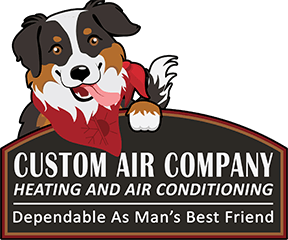The SEER (seasonal energy efficiency ratio) measures the efficiency of your air conditioner or air-source heat pump. The SEER is the cooling output over a particular season divided by the total energy used in that same period. The higher the SEER, the greater the efficiency level of that cooling system.
Each split system cooling unit has a nominal SEER rating. For a higher rating your HVAC contractor can provide advice about an upgrade. The SEER rating of a system is based on the combination of equipment installed in the home. The outdoor equipment (heat pump or air conditioner), as well as the indoor equipment (evaporator coil and furnace, or air handler), play a vital role in the total rating.
Your heating and cooling systems work incredibly hard to perform their functions. The constant stopping, starting and general operation can wear down any machine. Proper care and maintenance help to keep these systems in optimum condition and ward off malfunction. By scheduling regular maintenance, you can maximize the life of your heating and cooling units and guard against many common equipment failures. Preventive maintenance inspections performed in spring for your AC and fall for your heater can uncover leaks, rust, rot, soot, frayed wires and corroded electrical contacts. Regular maintenance will ensure maximum efficiency and prevent other problems.
All heating and cooling equipment require annual professional tuneup. Inspections on boilers and furnaces should include ductwork, pipes, dampers, valves, the chimney, registers, radiators, pumps, blowers, fuel lines and the oil tank. Heat pump and air conditioning unit inspections should also include an examination of the fan, compressor, indoor coils, outdoor coils, and refrigerant lines.
Many factors affect the sizing and specifications of your system, including square footage, insulation, window surface and configuration, geographic location of your home, and duct sizing and arrangement. A technician from Custom Air Company can perform an in-home load analysis to determine which equipment combinations will perfectly suit your home and your family’s needs. Depending on the construction of your home, one (1) ton of air conditioning can cool anywhere from 300 to 800 square feet. You can ensure that the system you purchase is the right size and not smaller or larger than you require, by having your heating and cooling needs evaluated by a licensed professional.

